Additional notes (click to expand)
Horticulture
Vigorous, spreading, rhizomatous perennial with traingular-ovate to diamond-shaped leaves, to 12cm long. Nodding, bell-shaped cream flowers, 2cm long, with star-shaped mouths, are produced from the leaf axil in midsummer, followed by large, bright orange-scarlet berries enclosed in papery red calyces, to 5cm across. Dimensions: 60-75cm high by 90cm wide.
Grow in any well-drained soil in full sun or partial shade. Caterpillars may be a problem.
To propagate, sow seed in containers in a cold frame in spring. Divide established clumps in spring.
Brickell, C. (2003). A-Z Encyclopedia of Garden Plants. Dorling Kindersley. p.421
Medicinal
Culpeper: In his English Physicitian of 1652 he writes: Winter Cherry ...are of great use in physic ...’ and recommends them for almost all problems with kidney and urinary problems. In particular he seems to advocate the use of green berries in beer, for preventing kidney stones lodging in the ureters.
Culpeper, N. (1652). The English Physitian. London.
Nomenclature
Chinese Lanterns, Winter Cherry, Bladder Cherry
Oakeley, Dr. H. F. . (2013). The Gardens of the Pharmacopoeia Londinensis.
link
From Greek, physa, a bladder, from the inflated calyx.
Stearn, W.T. (1996). Dictionary of Plant Names for Gardeners. Cassell. p.240
Alkakengi
(1618). Pharmacopeia Londinensis (1618). The Royal College of Physicians, London
A synonym of Alkekengi officinarum.
Plants of the World online, Kew Science http://plantsoftheworldonline.org/taxon/urn:lsid:ipni.org:names:30101830-2
link
Other use
It is called ‘aikakengi’ in the College’s Pharmacopoeia Londinensis of 1618. Belonging to the family Solanaceae, all its parts are poisonous except the ripe fruit. The green fruit and the rest of the plant contain atropinic compounds and will produce a dry mouth, rapid heartbeat, hallucinations, coma and death if enough is taken. As the atropine is only present in the unripe fruit eating one will make the mouth go dry (and it has the most unpleasant taste), but it will also relax the smooth muscle in the wall of the ureter which helps passage of ureteric stones. Culpeper’s observations on its usefulness are supported by more modern observations. When ripe, the orange fruit inside its skeletal outer ‘lantern’ is edible, free of atropine, and delicious.
Oakeley, Dr. Henry F. (2013). Wellcome Library notes.
link
A European native. Dioscorides knew that the plant was not edible but recommended the fruit as a diuretic and good for clearing jaundice. Fuchs called it Helicacabum peregrinum, attributing sedative properties to the root, and thought the fruit was diuretic. Lyte listed it as red nightshade and Vesicaria peregrinum, placing it, as did all the herbalists, with other Solanaceae such as deadly nightshade, mandrake, henbane and tomatoes. The beautiful, edible, autumnal, orange fruits in the skeletal remnants of their covering calyces persist into the new year. They are served in exotic fruit salads and with meat dishes – sweet and delicious – but unripe they (like the rest of the plant) are poisonous, containing the toxic alkaloid solanine. Its potential for medicine is enormous: it contains physalins that may be developed into new drugs against leukaemias and lung cancer; calystegines that may treat congenital lipid storage disorders such as Gaucher’s syndrome; and extracts of the plant are claimed to kill parasitic trypanosomes and the bacterium which causes gonorrhoea.
Oakeley, Dr. Henry. (2011). A Year in the Medicinal Garden of the Royal College of Physicians, revised edition. Royal College of Physicians, London.
link
Toxicity
Belonging to the family Solanaceae, all its parts are poisonous except the ripe fruit. The green fruit and the rest of the plant contain atropinic compounds and will produce a dry mouth, rapid heart beat, hallucinations, coma and death if enough is taken. As the atropine is only present in the unripe fruit eating one will make the mouth go dry, but it will also relax the smooth muscle in the wall of the ureter which helps passage of ureteric stones. Culpeper’s observations on its usefulness are supported by more modern observations. When ripe, the orange fruit inside its skeletal outer ‘lantern’ is both edible, free of atropine, and delicious.
Oakeley, Dr. H. F. . (2013). The Gardens of the Pharmacopoeia Londinensis.
link
Geographical distribution
- Asia-Temperate, Eastern Asia
- Asia-Temperate, Western Asia
- Europe, Middle Europe
Podcast
Physalis alkekengi L.
Family: SOLANACEAEGenus: Physalis
Species: alkekengi L.
Common names: Chinese Lanterns
Pharmacopoeia Londinensis name: Alkakengi
Distribution summary: C. & S. Europe, W.Asia to Japan
Habit: Perennial
Hardiness: H5 - Hardy; cold winter
Garden status: Not currently grown
Reason for growing: Medicinal, toxic
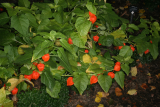
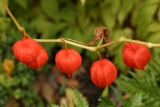

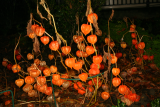
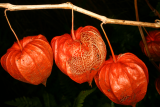
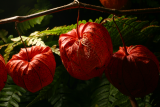
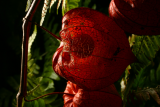
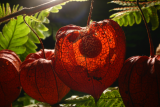
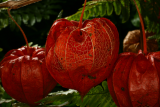


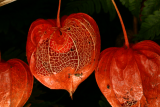


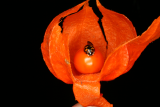
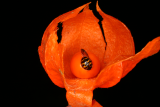
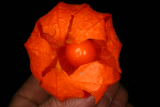
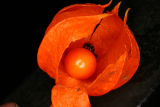
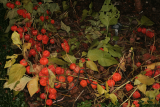
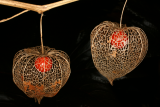

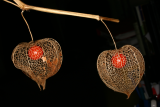
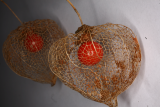
.JPG)
.JPG)
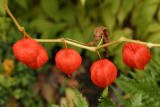
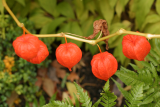

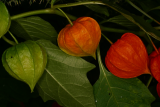

.JPG)
.jpg)
.jpg)
.jpg)
.jpg)
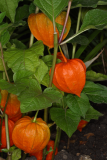

.JPG)
.JPG)
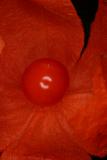
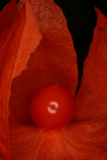
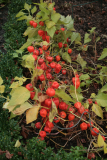
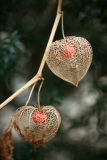
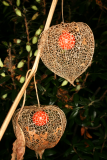
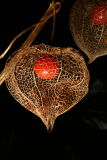
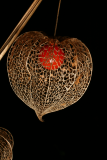
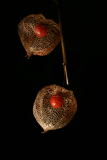
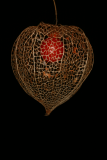
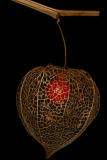
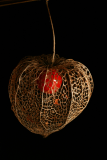
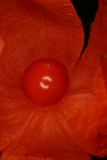

.jpg)
.jpg)
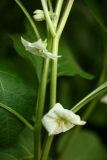
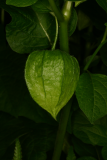
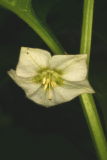
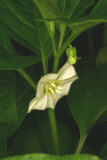

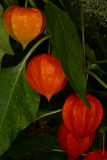
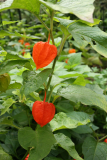
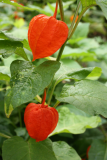
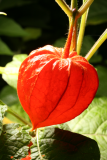
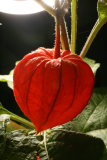
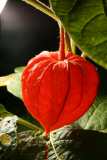
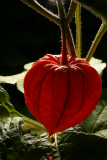
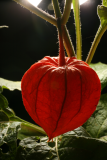
.JPG)